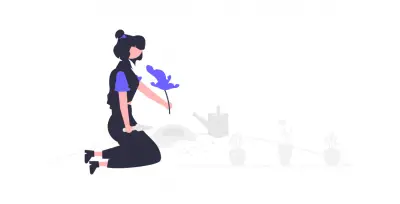
Agricultural Science Questions and Answers
A comprehensive list of Agricultural science questions with answers to help you prepare for JAMB, WAEC, NECO, Post UTME exams.

A comprehensive list of Agricultural science questions with answers to help you prepare for JAMB, WAEC, NECO, Post UTME exams.
The reduction of three seedlings of maize to two plants per stand is referred to as
Rogueing
Thinning
Weeding
Pruning
Correct answer is B
Thinning refers to the process of reducing the number of seedlings in a plant stand to achieve proper spacing and optimum plant density. In the context of the question, thinning involves removing one out of three seedlings of maize, resulting in two plants remaining per stand.
Which of the following tools are used in soil analysis?
I. pH meter
II. Sieve
III. Hygrometer
I and II
I and III
I, II and III
II and III
Correct answer is C
All the tools listed are used in soil analysis. A pH meter is used to measure the acidity or alkalinity of the soil. A sieve is used to separate and grade soil and rock particles according to their size. A hygrometer is used to measure the moisture content in the atmosphere, which can affect soil moisture levels.
Centrosema pubescens and Mucuna utilis
Moringa oleifera and Imperata cylindrica
Panicum maximum and Pennisetum purpureum
Calopogonium mucunoides and Gliricidia sepium
Correct answer is A
Cover crops are plants that are primarily grown for the benefit of the soil rather than the crop yield. They are typically grown to suppress weeds, manage soil erosion, help build and improve soil fertility and quality, and control diseases and pests. Centrosema pubescens and Mucuna utilis are examples of cover crops. They are used to improve soil fertility and control weeds.
High relative humidity in a brooder house could lead to
Reduced feed intake
Production of dry litter
Build up of pests and diseases
Heat stress
Correct answer is C
High humidity in a brooder house creates a conducive environment for the growth and multiplication of pests and diseases. It can also lead to the development of mould and fungi, which can be harmful to the chicks.
Study the table below and use it to answer the question
| Cost Price (N) | Useful life (Years) | Salvage value (N) | Annual depreciation (N) | Total depreciation |
| 20000 | Y | 5000 | 1000 annum | 15000 |
| 60000 | 10 | 18000 | 4200 annum | Z |
The total depreciation represented by Z in the illustrated table is
N42,000
N78,000
N22,200
N55,800
Correct answer is A
Cost Price (N) = 60000
Salvage value (N) = 18000
Annual depreciation (N) = 4200
Useful life (Years) = 10
The formula to calculate the total depreciation is:
Total depreciation = (Cost Price - Salvage value) / Useful life
Now, let's plug in the values:
Total depreciation = (60000 - 18000) / 10
Total depreciation = 42000 / 10
Total depreciation = 4200
Therefore, the total depreciation represented by Z in the table is N 42,000.